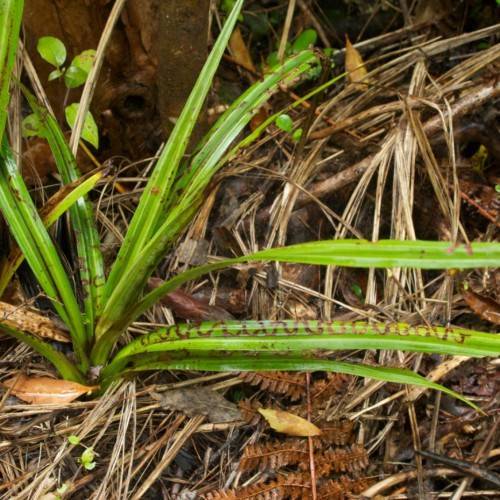
Juniper Sedge
Carex juniperorum
Watering:
Average
Hardiness Zone:
Flowers:
Flowers
Sun:
Partial Shade, Deciduous Shade (Spring Sun)
Soil:
Loam, Humus Enriched
Leaf:
Yes
Growth Rate:
Low
Salt Tolerant:
Yes
Care Level:
Medium
watering
James' Sedge should be watered regularly. During the warmer months, water the plant every 3 to 4 days; in the cooler months, water every 5 to 7 days. When watering, ensure that the soil is well-draining and moist but not soggy. Allow the top few inches of soil to dry out slightly between watering. Additionally, it is recommended to mist the foliage of the plant with a spray bottle every few days. This is especially important during the warmer months, when the outside air can be dry and the foliage is prone to browning.
sunlight
James' Sedge would do best in a bright, sunny location with several hours of direct sunlight each day. This plant prefers at least 4 hours of direct sunlight each day, and can tolerate up to 8 hours. Too much direct sunlight may cause the leaves to scorch, so if it is placed in a very sunny spot, it is a good idea to provide some afternoon shade.
pruning
James' Sedge can be pruned from late winter until early summer. It is best to start with a light pruning, cutting the stems back by about 1 third. This will help to promote an even, compact shape with more branching and fuller growth. Care should be taken when pruning to avoid cutting off stems that are still attached to the ground. For an established plant, pruning may be carried out as often as every 2–3 years, while younger plants may need to be pruned more often in order to ensure an even, compact shape.
